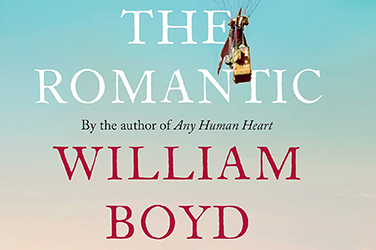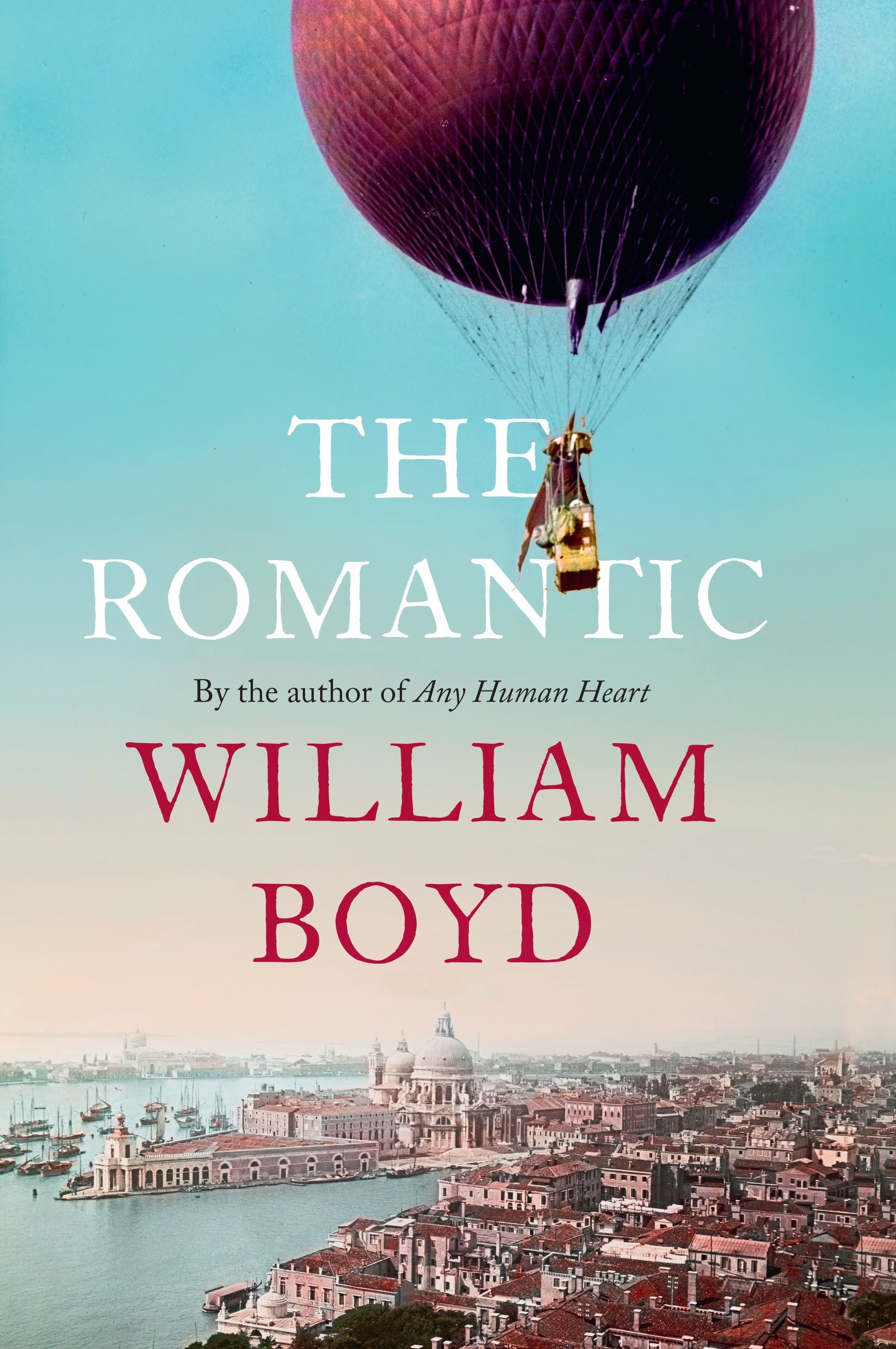
- Free Article: No
- Contents Category: Fiction
- Review Article: Yes
- Article Title: Squinting at Fournier
- Article Subtitle: William Boyd’s invented history
- Online Only: No
- Custom Highlight Text:
There, at the back of Louis Édouard Fournier’s painting The Funeral of Shelley (1889), you can almost see him. One of the mourners to the right of Lord Byron is a tall man with light hair: one Cashel Greville Ross (1799–1882), the hero of William Boyd’s new novel, The Romantic. But Fournier’s depiction of Shelley’s cremation was a fabrication. The kneeling woman at the left, Mary Shelley, wasn’t in attendance, and neither was Cashel – for he didn’t exist.
- Featured Image (400px * 250px):

- Alt Tag (Featured Image): Gabriella Edelstein reviews 'The Romantic: The real life of Cashel Greville Ross – a novel' by William Boyd
- Book 1 Title: The Romantic
- Book 1 Biblio: Viking, $32.99 pb, 451 pp
- Book 1 Cover Small (400 x 600):

Part of the novel’s game is to pull at the limits of a life story and its connections to the real and imagined versions of history. The novel prompts the reader to play pretend with the truth by beginning with the Romantic convention of a fictionalised Author’s Note. Written by one ‘W.B.’, the note claims that the author came across the late Cashel’s treasure trove of autobiographical papers and related memorabilia, which then became the basis of this novel. Why not write a biography of Cashel, then? The writer suggests that because biography is already a kind of documented fiction, ‘the story of his life, his real life, would, paradoxically, be much better served if it were written instead – openly, knowingly, candidly – as a novel’.
Boyd does not go so far in The Romantic as to try to make the reader believe that Cashel Greville Ross actually existed, but you would need considerable background knowledge of the 1800s to realise you are taking part in a literary prank. Indeed, many of the pivotal events of Cashel’s life are taken wholesale from the writings of nineteenth-century historical figures. His experiences with the Shelleys in Lerici are adapted from the adventurer Edward John Trelawny’s Recollections of the Last Days of Shelley and Byron (1858), and his trek through East Africa is modelled on Burton’s tale of his expedition in The Lake Regions of Central Africa (1860).
Even if the plot points are dependent on nineteenth-century writings, there is very little engagement with literature itself beyond the odd allusion. As an aspiring writer, Cashel shows little interest in the poetic substance of Romanticism, despite becoming intimately involved with the Romantic circle as they holidayed in the Italian Riviera. When Shelley is being cremated at Viareggio beach, Cashel thinks of ‘[a] Shelleyan image of the soul departing the charred, blistering flesh’, though none of Shelley’s poems is named. But Cashel has read Childe Harold’s Pilgrimage.
The novel is more interested in the Romantics’ bedhopping. Even the love affair at the heart of The Romantic – the romance that characterises Cashel in the novel’s title – is taken from Lord Byron’s life. Cashel meets his inamorata Raphaella at one of Byron’s parties; she is supposedly a cousin of Byron’s real-life teenage lover, Contessa Teresa Guiccioli. Like Guiccioli, Raphaella has married an elderly man; she sends Cashel her pubic hair to signify her desire to start an extramarital affair. The two then conduct their trysts in Ravenna, the original stage for Byron and Guiccioli’s relationship.
Cashel’s love for Raphaella is the most compelling aspect of the novel, and it instigates the protagonist’s rare moments of introspection. Because of Raphaella, Cashel has to question his personality flaws – ‘Why did he always have to act so spontaneously?’ – but it is also what gives the novel its melodrama: ‘And he knew – as an animal knows – that he had found his mate.’ This rather awkward line is emblematic of the novel’s treatment of women, most of whom are liars, sexual predators, insane, or loved and then left, nameless. Even a fascinating and accomplished woman like Mary Shelley is given few character traits. What we do learn about her, however, is that she ‘was tall and a little on the heavy side’.
Like historical events, women in The Romantic are often brushed over and are attributed little depth. And yet, this buccaneering attitude is what gives the novel its enjoyable energy. Cashel is ceaselessly propelled forward by the course of history; his perambulations emphasise those extraordinary, real lives from the past that populate our literary imaginings today. Boyd’s point seems to be that history is more real in fiction than in biography. If that’s the case, maybe you can see Cashel at the back of Fournier’s painting – if you squint.


Comments powered by CComment